90% of global trade is affected by non-tariff measures, which are three times more trade restrictive than tariff measures.
The information was given at a training course on specialized knowledge and skills on international economic integration, import-export operations, e-commerce and logistics organized by the MLC Technical Support Project Management Board (Ministry of Industry and Trade) for businesses, state management agencies, research agencies...
Vietnam is in the Top 15 countries with the largest trade flows in the world.
According to Ms. Phung Thi Lan Phuong - senior expert of KTP Investment and Free Trade Agreement Consulting Company - Vietnam is one of the most open economies, with 16 free trade agreements (FTAs) in effect with 56 trade partners.
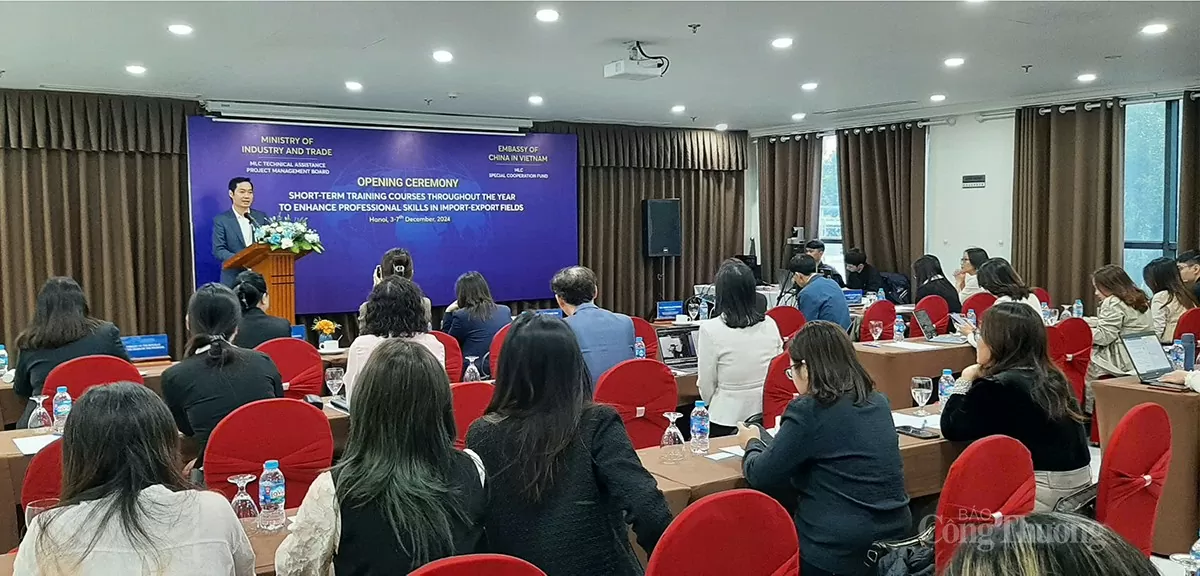 |
| Short-term training course of the Technical Assistance Project funded by the Special Fund within the framework of the Mekong-Lancang Cooperation (MLC) Initiative organized by the Ministry of Industry and Trade on the morning of December 3, in Hanoi. (Photo: Nguyen Hanh) |
Other countries in the Mekong-Lancang region have also participated in dozens of free trade agreements, and are also joint members of many free trade agreements within the ASEAN framework with partner countries.
According to Ms. Phung Thi Lan Phuong, in FTAs, commitments related to transparency, equal treatment or more favorable customs procedures, rules of origin, intellectual property, environment, labor, etc. may initially increase costs for Vietnam, however, in the long run, it will be good for businesses when Vietnam's standards gradually approach world standards.
For each business, we will find specific opportunities and challenges in each agreement. However, in general, FTAs are helping Vietnam build a more favorable investment, business, and import-export environment for businesses.
There are many factors, but FTAs are a factor contributing to the success of Vietnam's trade and investment in recent times. In 2004, Vietnam's trade went from being an exporting country with a low position in international trade to now ranking 15th in imports and 11th in exports. Vietnam is also one of the 15 countries with the largest trade flows in the world.
In addition to the achievements, there are still challenges and limitations in taking advantage of FTAs. According to Ms. Phung Thi Lan Phuong, although our exports are very strong, more than 70% belong to FDI enterprises. The rate of granting preferential C/O for all FTAs remains low at only 37.4% in 2023, of which CPTPP (6.3%), RCEP (1.26%). In many cases, exporting enterprises do not meet or cannot apply for preferential C/O.
Vietnam’s participation in global value chains is relatively low. Vietnam’s participation in global value chains (GVCs) remains limited to low value-added manufacturing or assembly. The domestic value-added content of Vietnam’s total exports has declined significantly across all sectors, from 69% in 2000 to only 52% in 2020, compared to the ASEAN average of 69% and China’s 84%.
Although Vietnam's total export turnover has grown continuously, it depends heavily on foreign raw materials and FDI enterprises, so any fluctuations in the world raw materials market will greatly affect domestic enterprises.
In addition, countries participating in FTAs have increased non-tariff barriers for imported products. These barriers are related to standards, as simple as product labeling, rules of origin, or more complex ones such as anti-deforestation, carbon footprint reduction, etc. "Notably, while tariffs have been gradually reduced from 13% (in 1999) to 7% (currently), non-tariff measures have been gradually increased from 53.4% (in 1999) to 71.97% (currently)," said Ms. Phung Thi Lan Phuong.
Unpredictable non-tariff measures are barriers to international trade. According to statistics, 90% of global trade is subject to non-tariff measures, or in other words, non-tariff measures are replacing tariffs to become the main determinant of international trade. Non-tariff measures are about 3 times more restrictive than tariffs, which increases trade costs. Among them, the most affected by non-tariff measures are developing countries and least developed countries.
Agricultural products are the most heavily regulated across countries, with 90% to 100% of imports affected by non-tariff barriers. Developed countries tend to have more regulations than developing and least developed countries. While least developed countries apply an average of 7 non-tariff barriers to each agricultural product imported, developed countries apply an average of 13 non-tariff barriers.
With the reduction of tariffs due to free trade agreements, non-tariff barriers have become the main tool for countries to regulate trade. Non-tariff barriers can significantly affect trade flows and are emerging as major barriers to exports, especially for less developed and developing countries.
Enhancing integration capacity for businesses
At the training session, experts said that the content of commitments of FTAs is increasingly deep and complex, requiring managers in this field as well as associations and businesses to be trained to make the most of the incentives from these agreements.
Mr. Nguyen Phuc Nam - Deputy Director of the Asia - Africa Market Department (Ministry of Industry and Trade) - said that this is the first course in a series of 04 short-term training courses of the Technical Assistance Project funded by the Special Fund within the framework of the Mekong-Lancang Cooperation (MLC) Initiative.
These courses are designed to improve professional skills for officials, civil servants, public employees, researchers and businesses involved in the import-export sector, focusing on topics including: updating trends in economic integration, trade, investment, FTAs and non-tariff barriers; import-export activities; comprehensive logistics activities and supply chain management; the development of regional and global e-commerce; new trends and commitments in Vietnam's FTAs...
Ms. Phung Thi Lan Phuong informed that the organization of the course will help the business community, management agencies and researchers related to import and export between countries such as Laos, Cambodia, Myanmar, Thailand, China and Vietnam have more opportunities to share knowledge, skills and exchange practices. Thereby, this training course will contribute to improving the knowledge and professional skills of officials from management agencies, associations, enterprises, institutes and schools in countries in the Mekong-Lancang region.
In addition, the training course will help improve professional knowledge of international commitments, policies and domestic regulations for the staff participating in the course, helping trainees improve their management capacity as well as strategic planning and policies in production and business activities of enterprises in a more optimal and effective way, thereby helping to improve competitiveness and expand access to international markets for enterprises, especially micro, small and medium enterprises.
The course will last until December 6, focusing on four topics: Updates on economic integration trends, trade - investment, FTAs and non-tariff barriers to international trade; Import-export operations, international purchasing and payment; Logistics activities and comprehensive supply chain management in the current context; Regional and global e-commerce development, new trends and e-commerce commitments in Vietnam's FTAs.
Source: https://congthuong.vn/90-thuong-mai-toan-cau-bi-tac-dong-boi-cac-bien-phap-phi-thue-quan-362234.html




![[Photo] Relatives of victims of the earthquake in Myanmar were moved and grateful to the rescue team of the Vietnamese Ministry of National Defense.](https://vstatic.vietnam.vn/vietnam/resource/IMAGE/2025/4/2/aa6a37e9b59543dfb0ddc7f44162a7a7)
![[Photo] Third meeting of the Organizing Subcommittee serving the 14th National Party Congress](https://vstatic.vietnam.vn/vietnam/resource/IMAGE/2025/4/2/3f342a185e714df58aad8c0fc08e4af2)





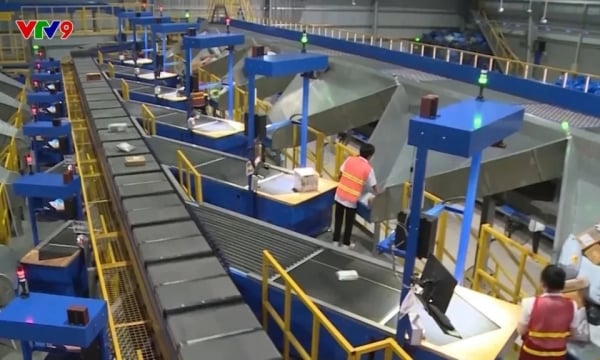
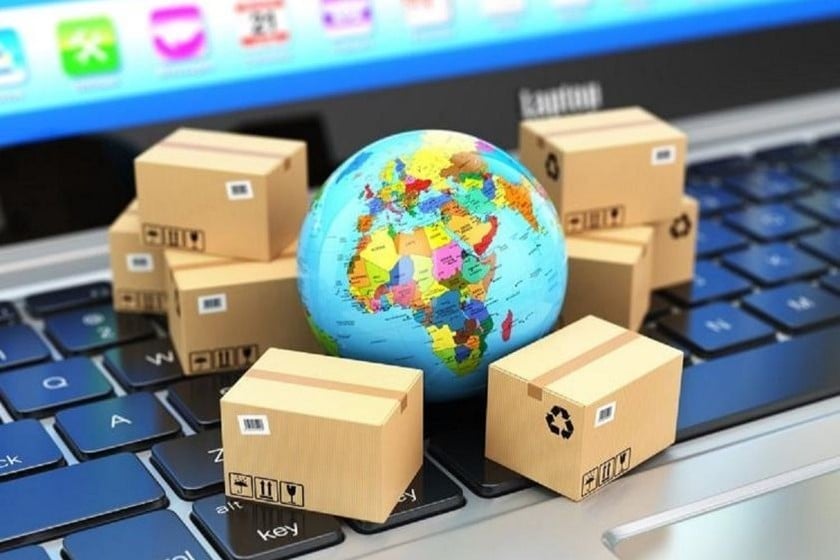
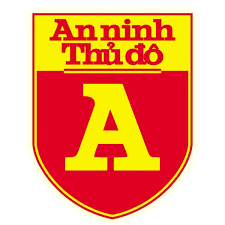

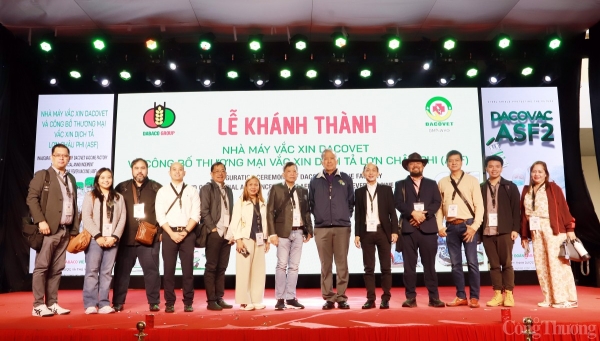

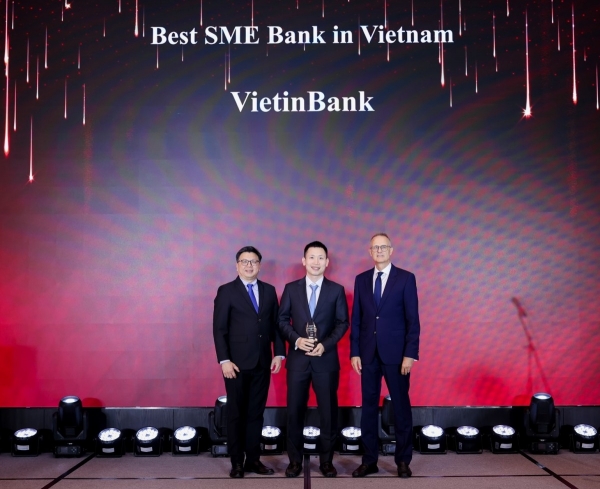

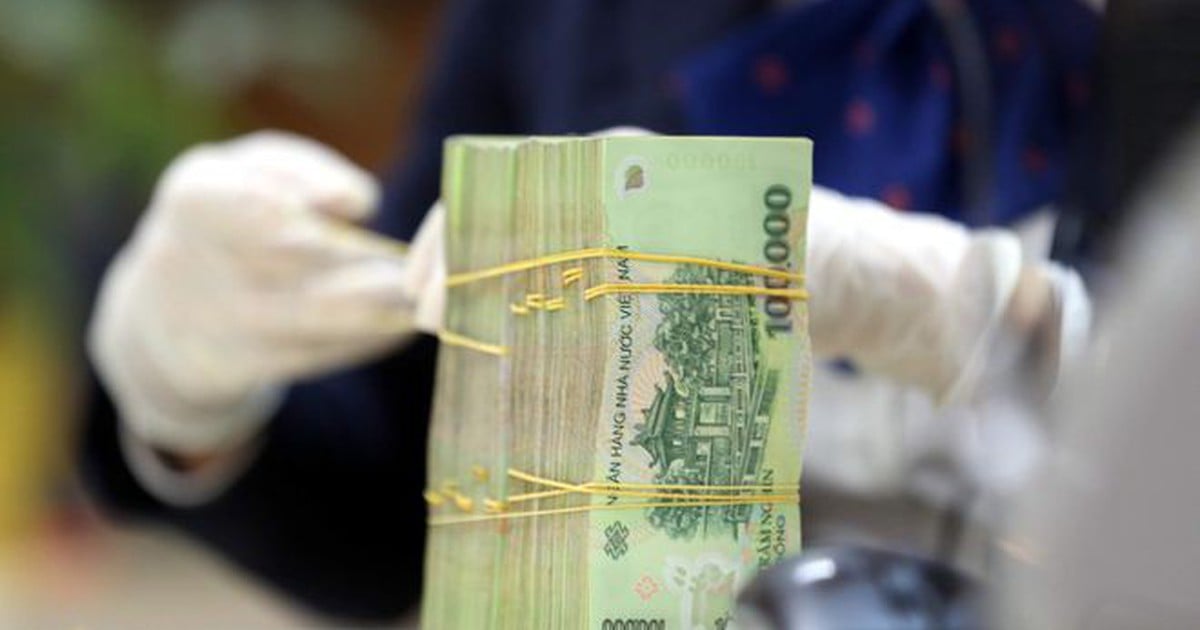

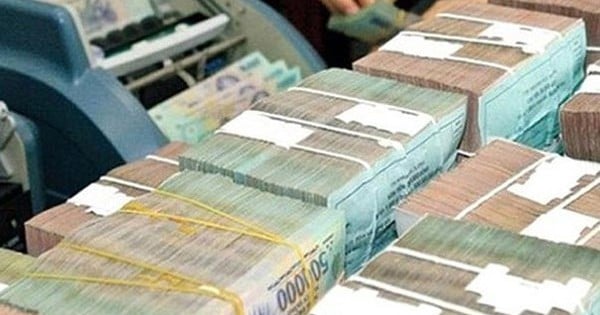



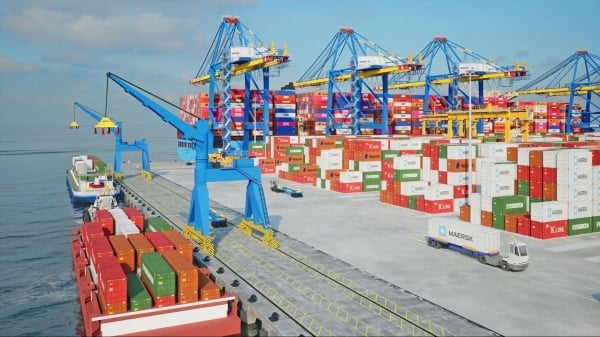

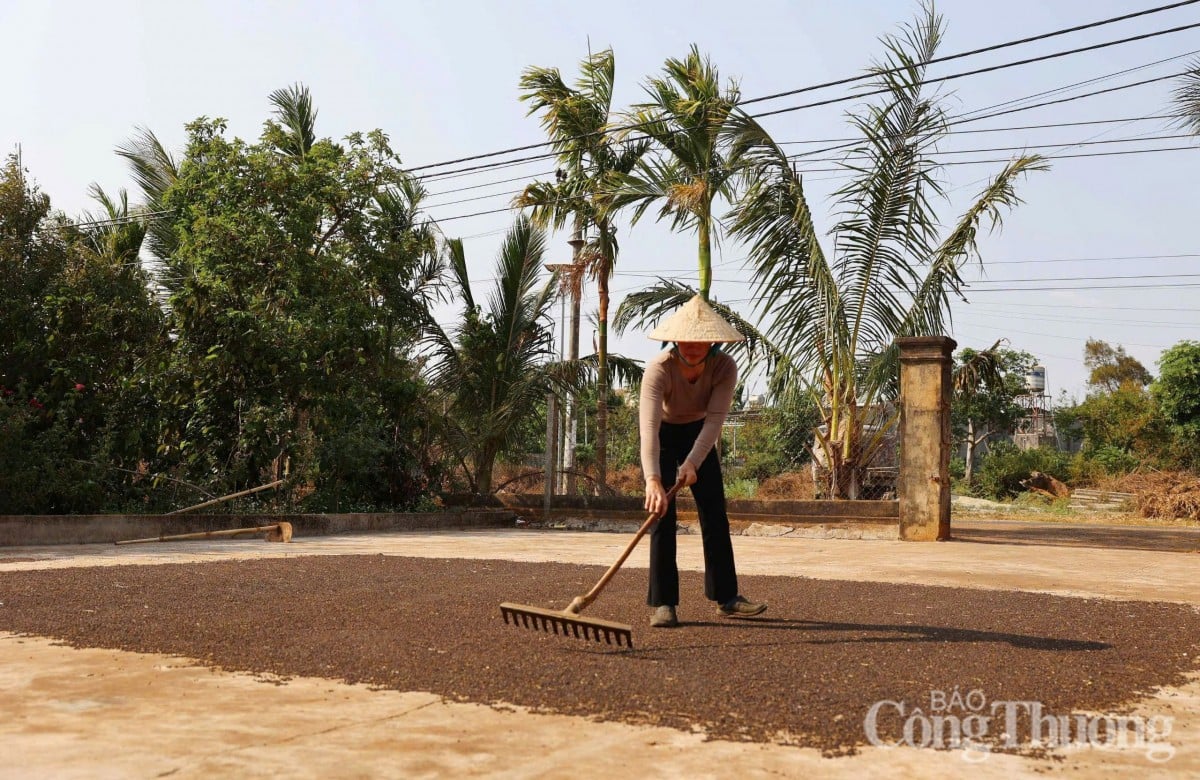
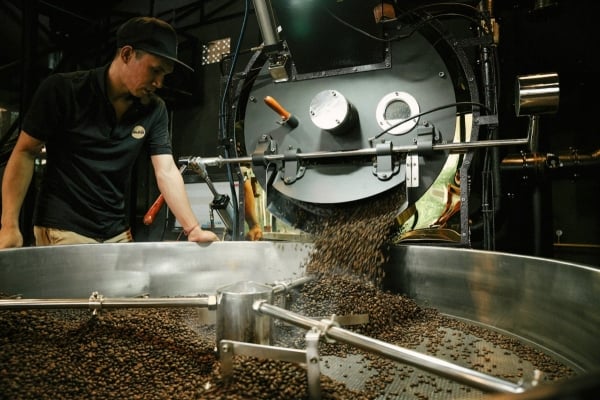
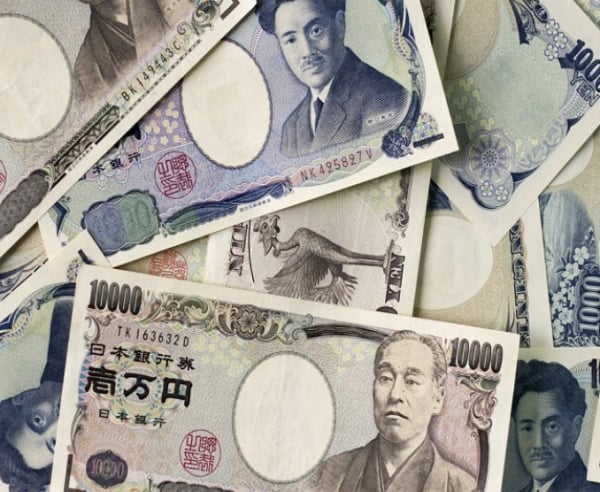






































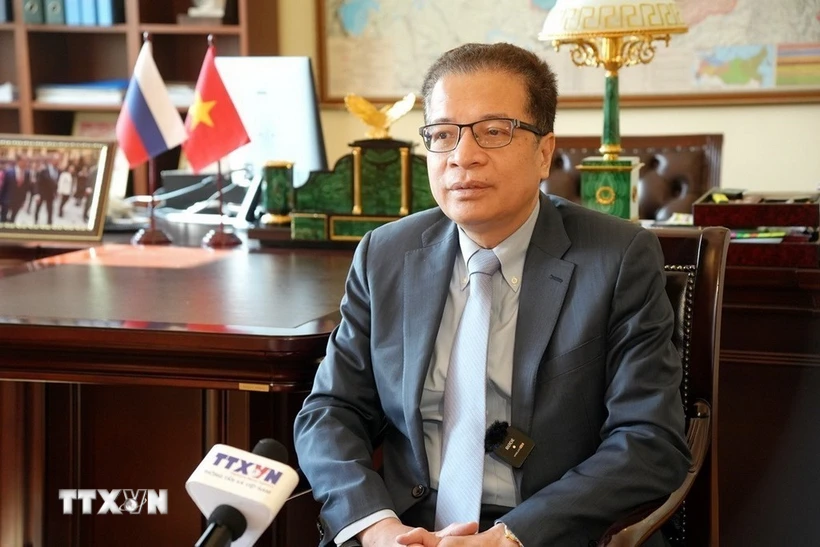
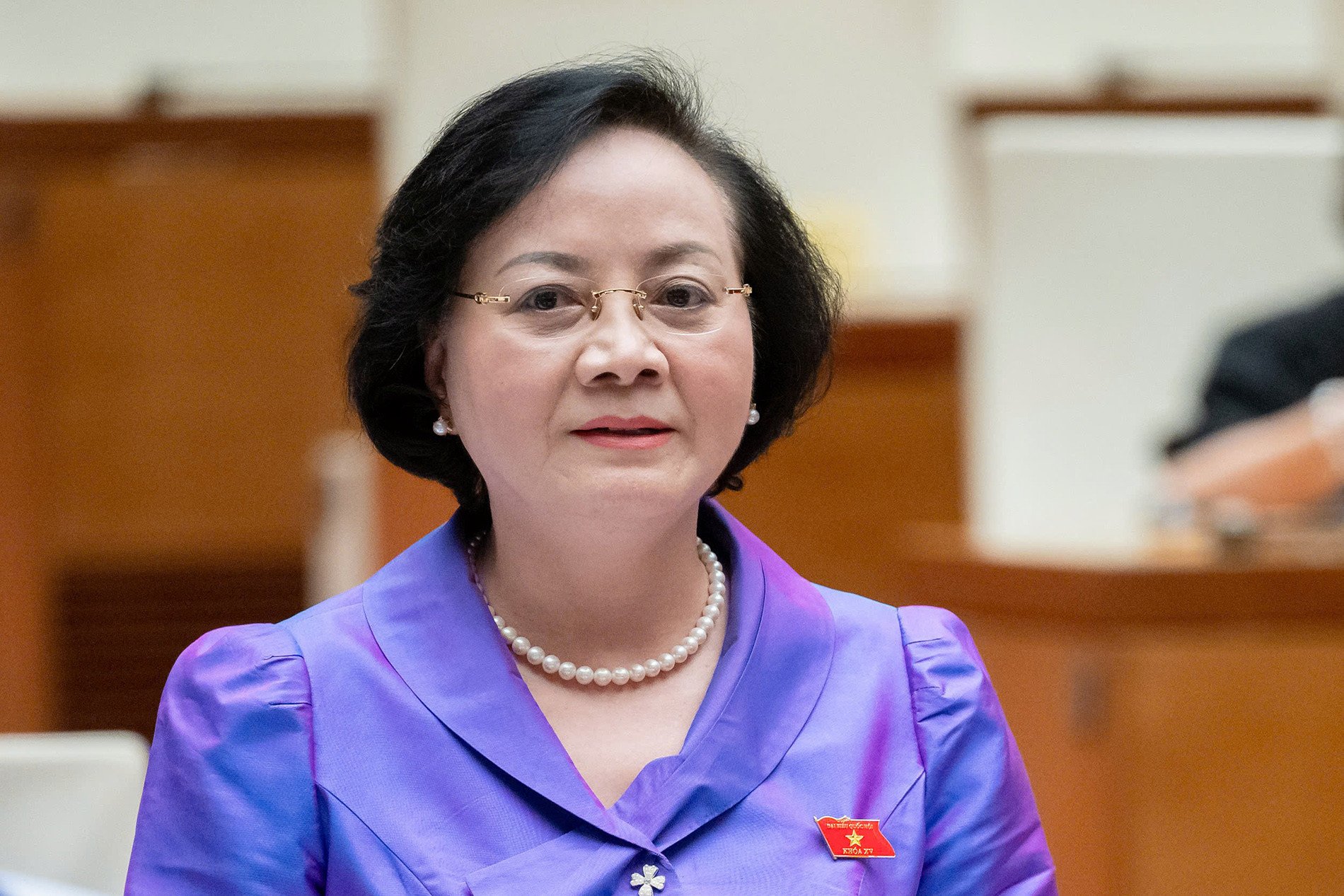
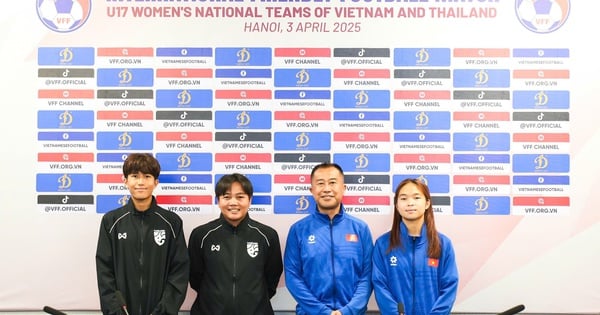

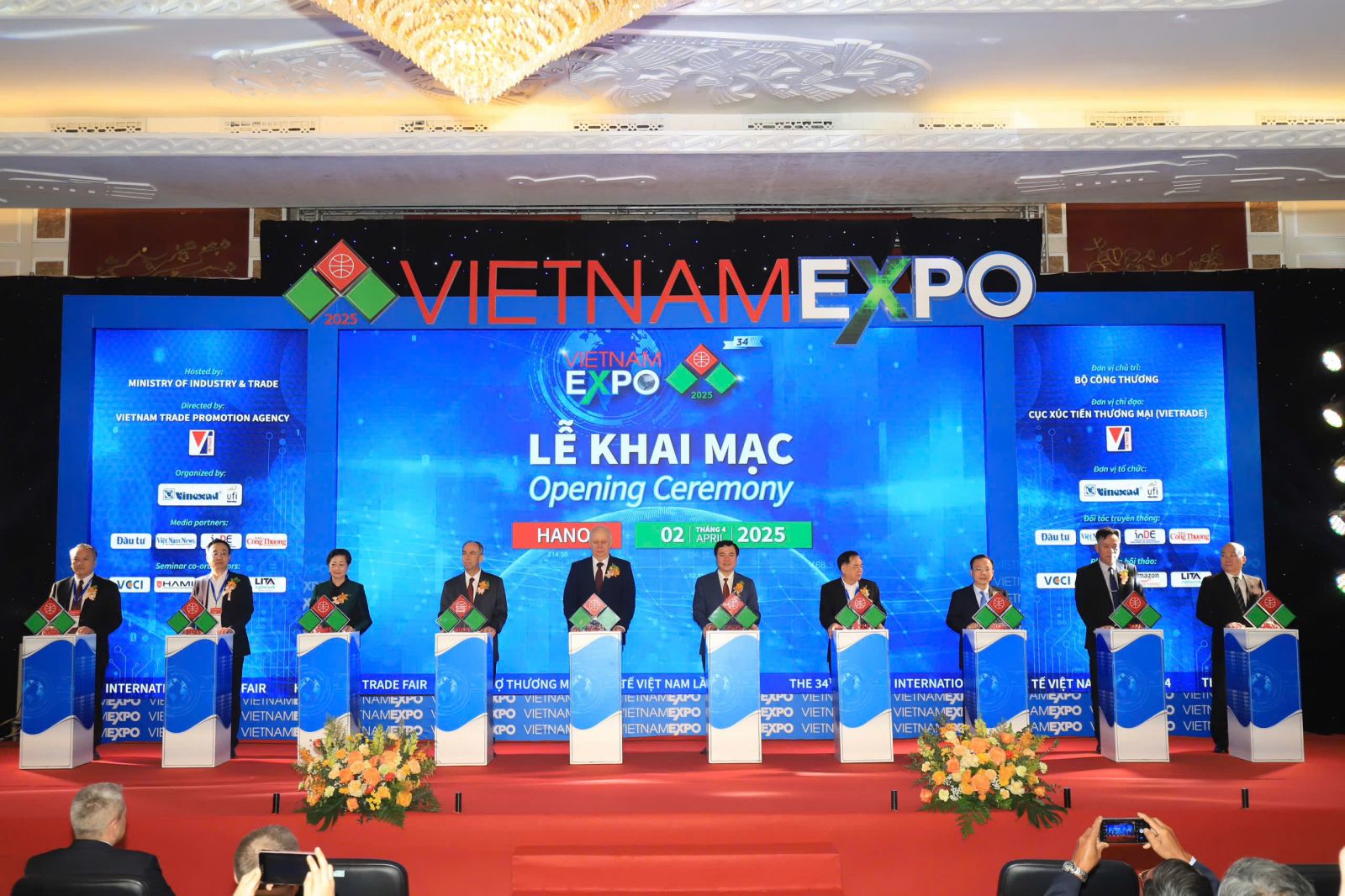


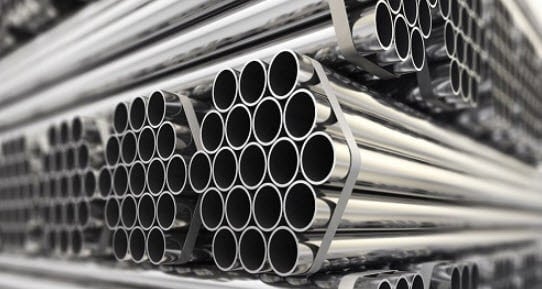


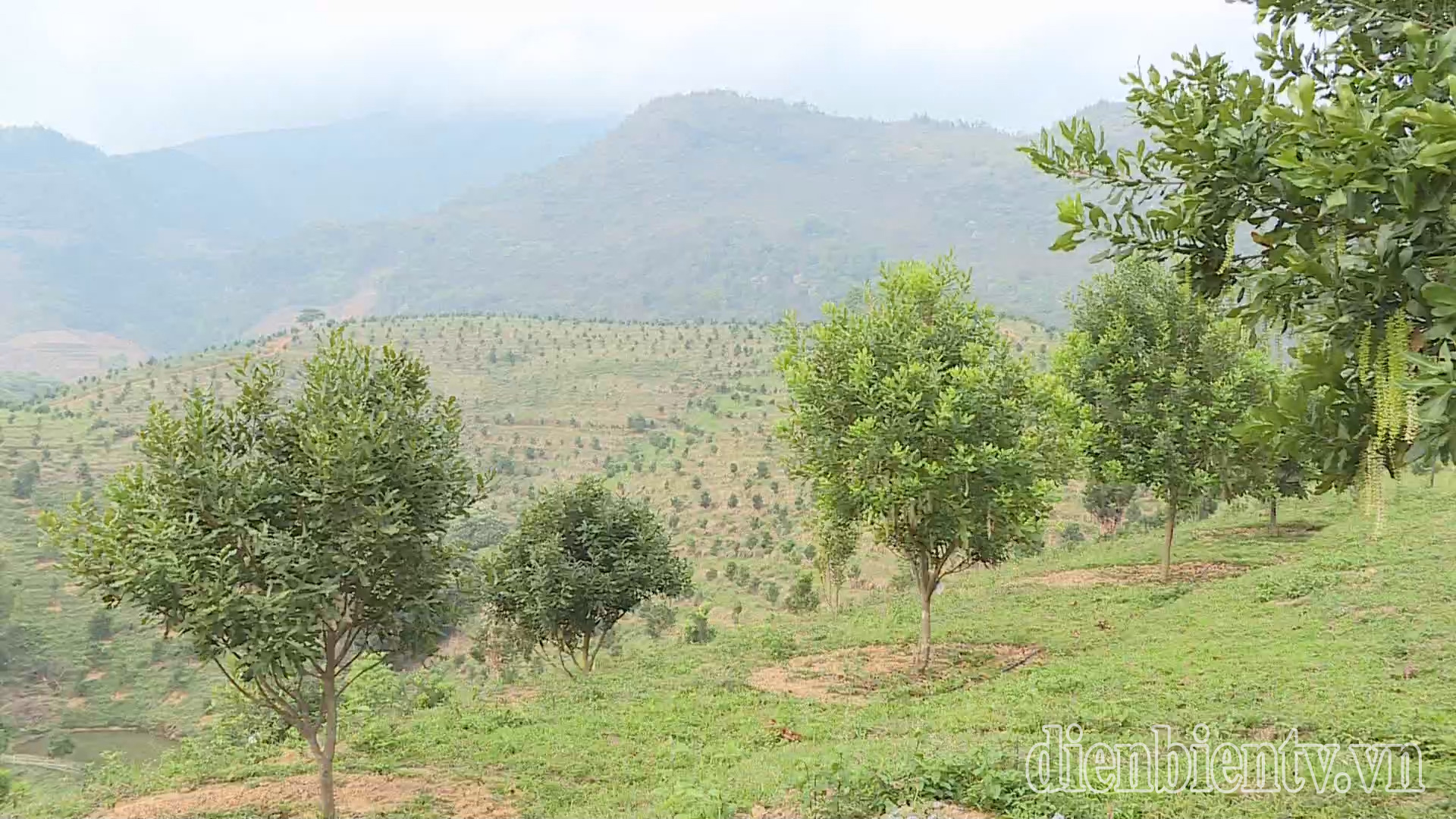
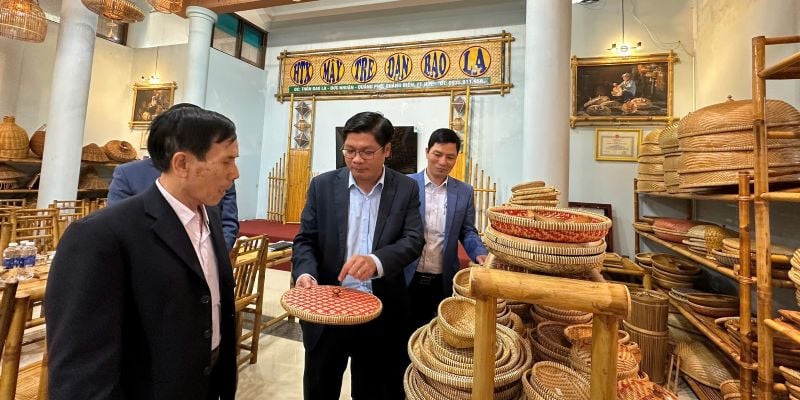

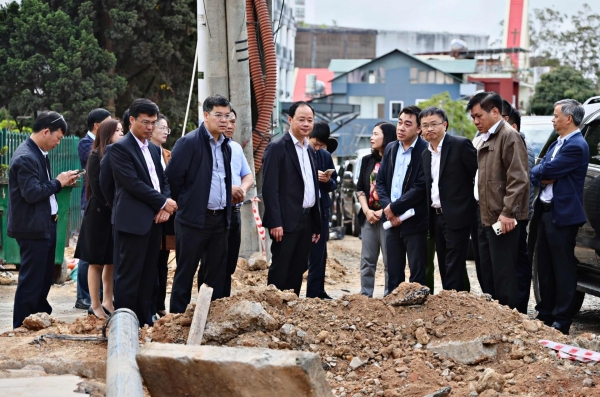
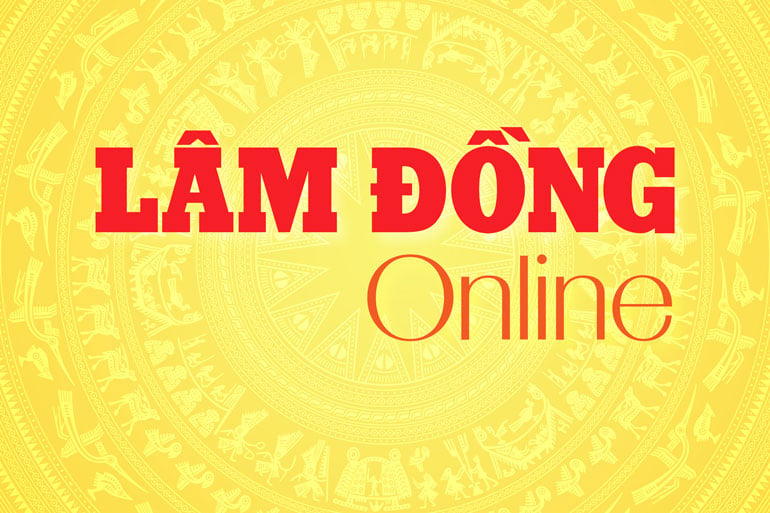











Comment (0)